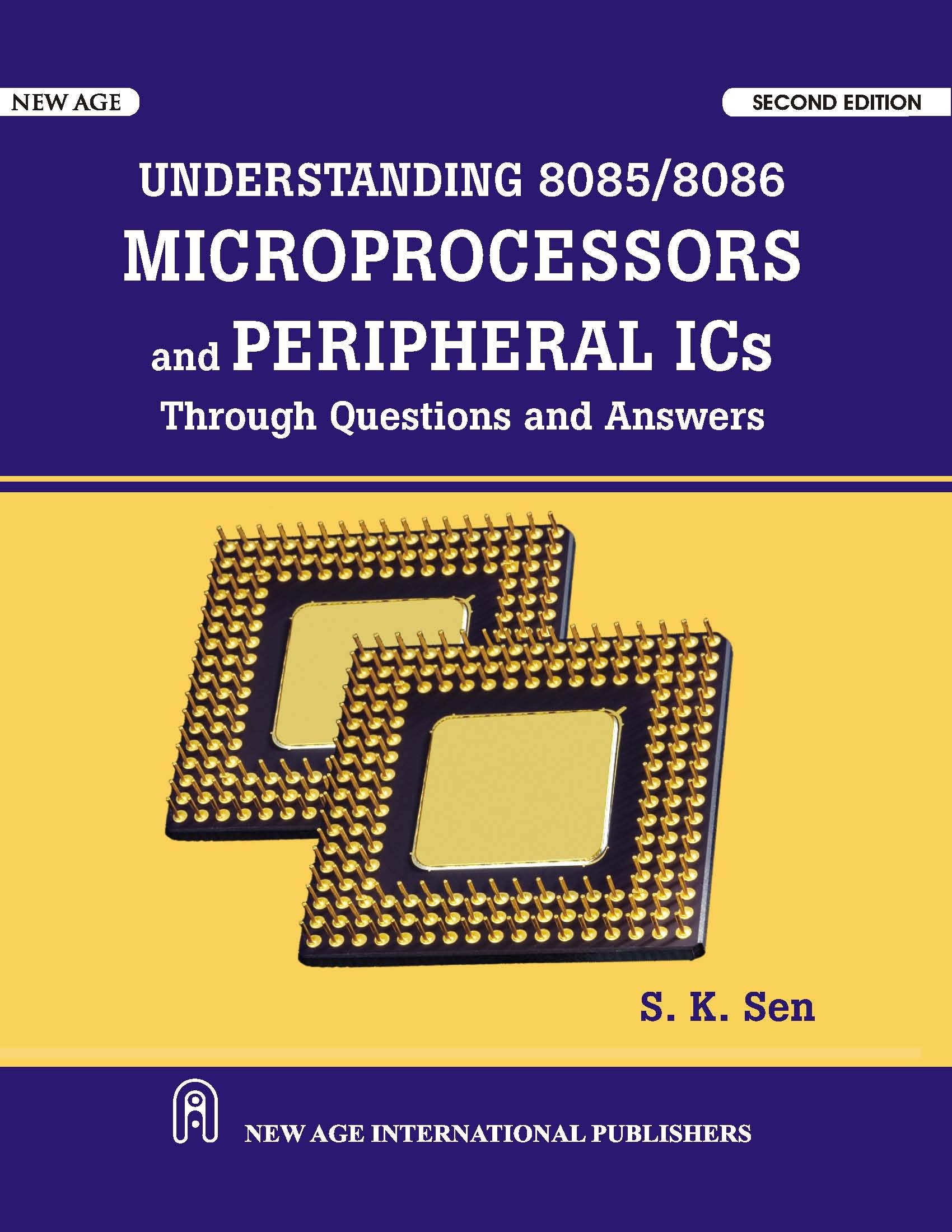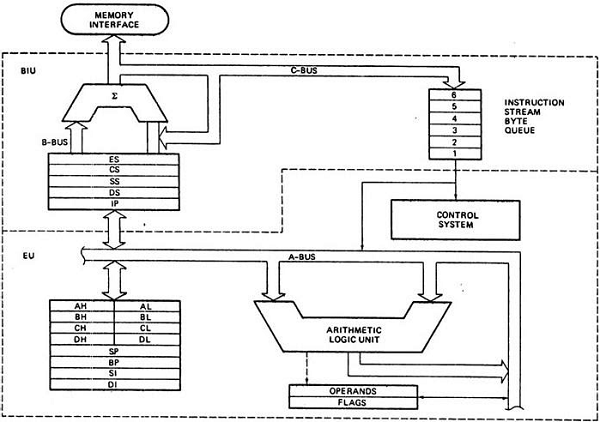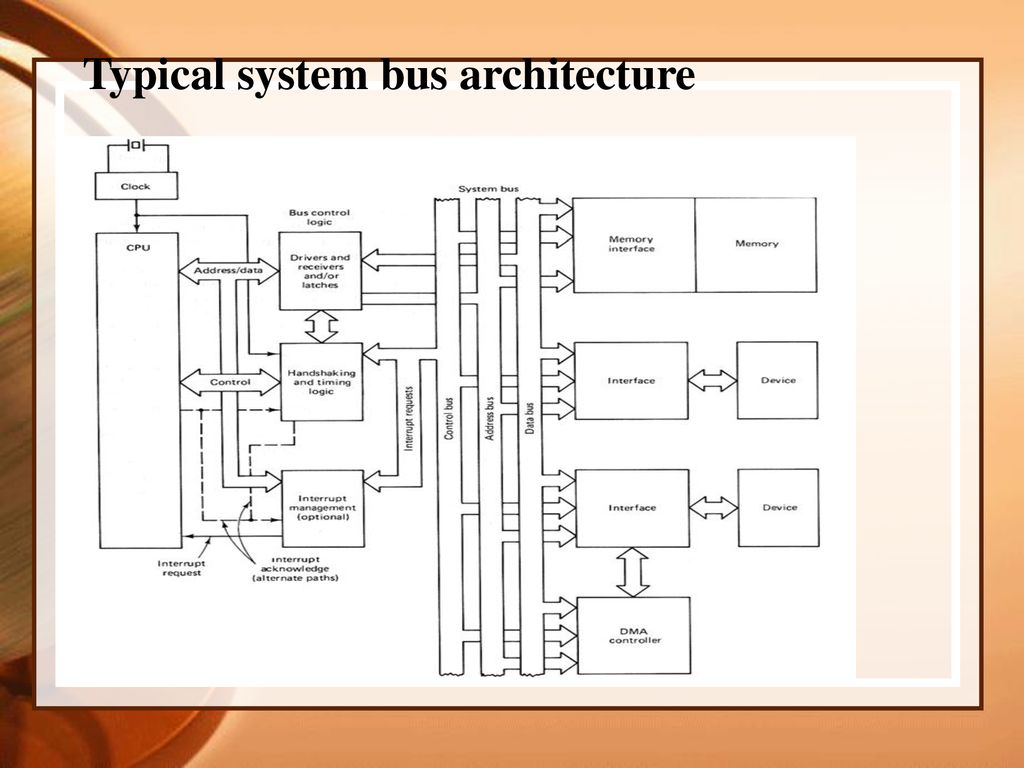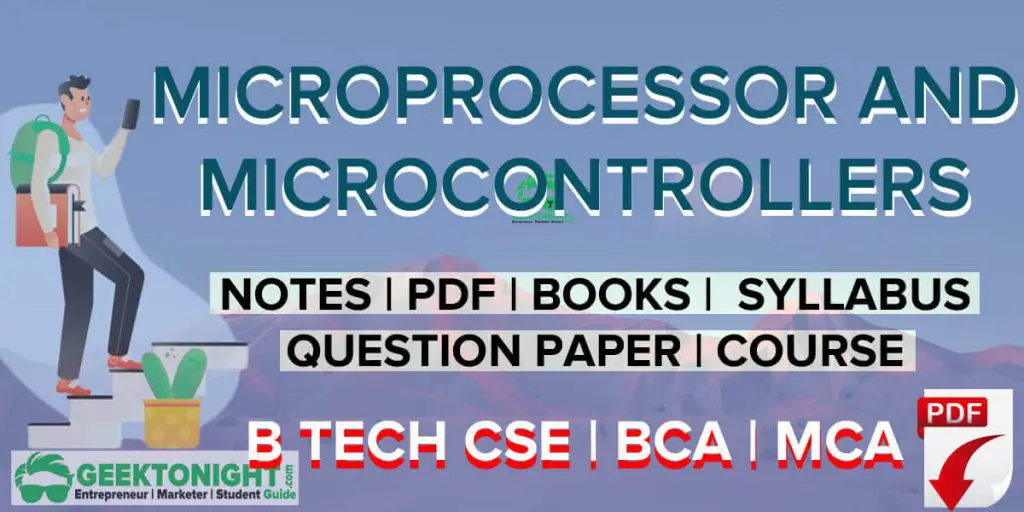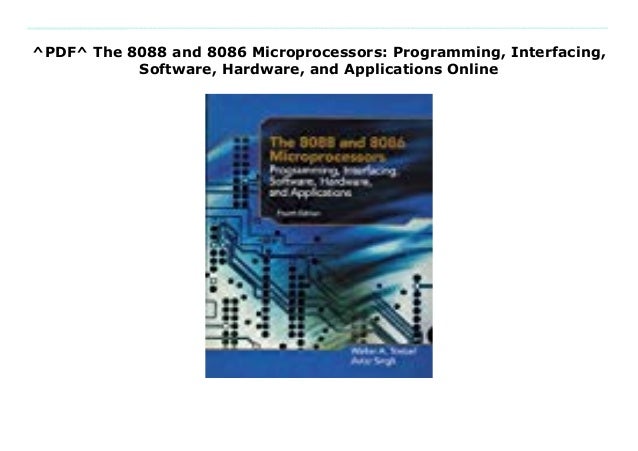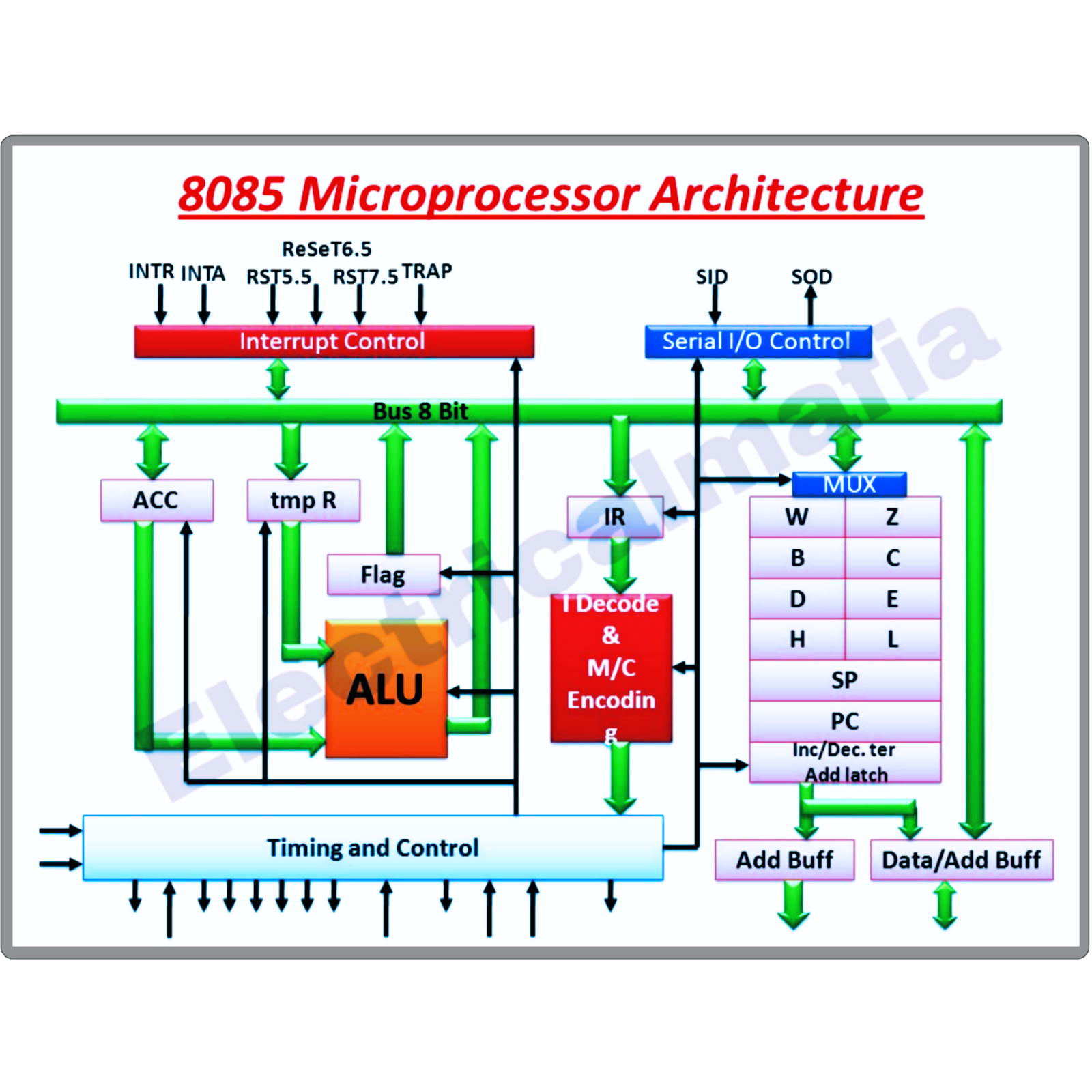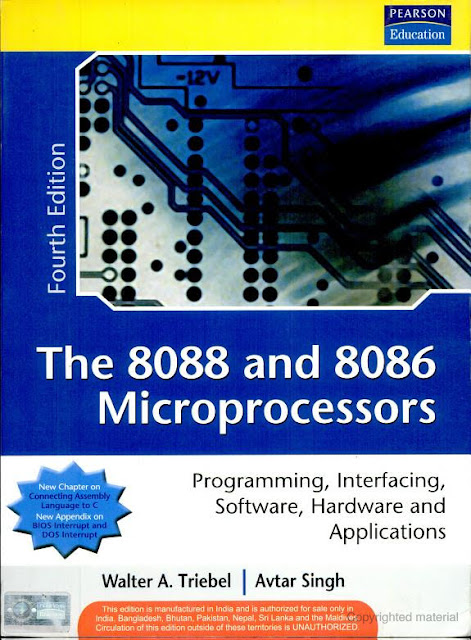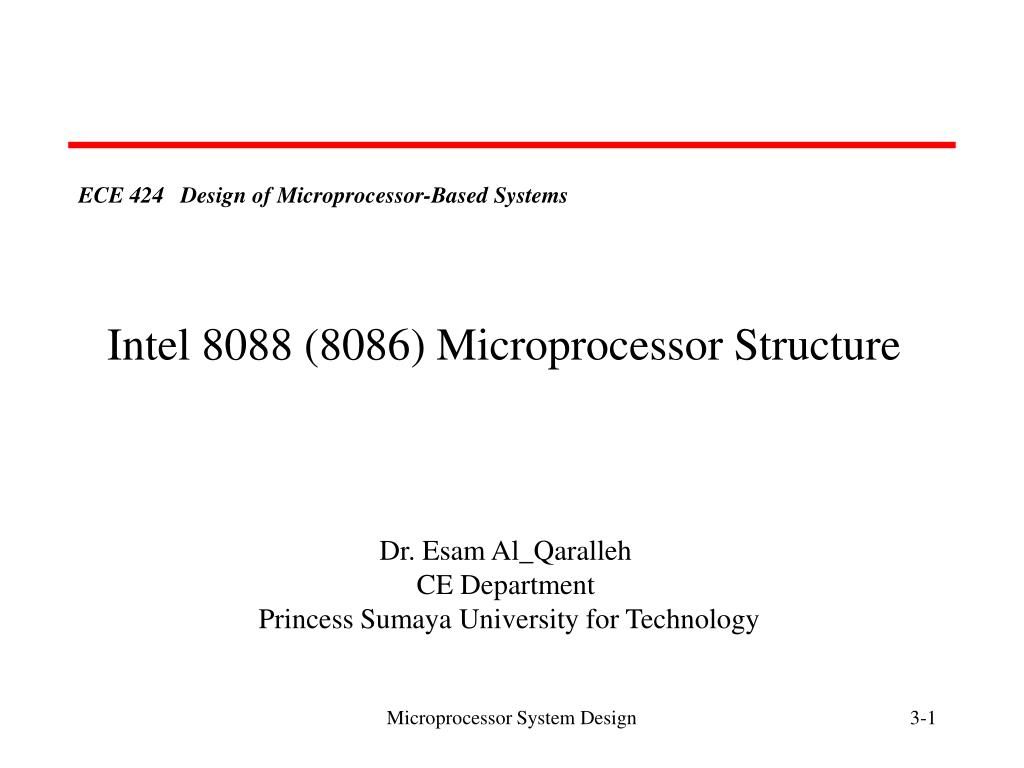Microprocessor 8086 By Bhurchandi Pdf Free Download
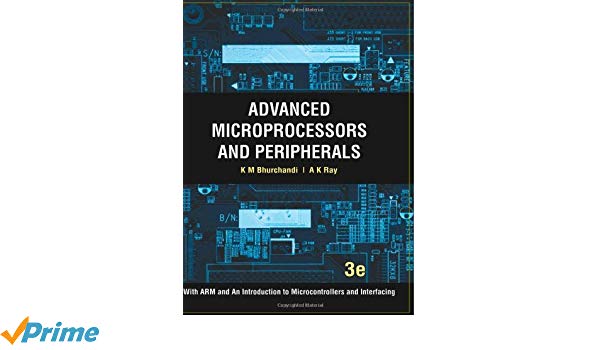
Imagine a world where personal computers were just a dream, and the intricate dance of processing power was confined to hulking mainframes. Then, picture the spark that ignited a revolution – a tiny chip, the Intel 8086, which brought computing power to the masses. Now, imagine being able to delve into the very blueprint of this technological marvel, unlocking its secrets and understanding its inner workings. The possibility of accessing a free PDF guide dedicated to this iconic processor has sparked excitement among vintage computing enthusiasts and students alike.
At the heart of this excitement is the potential for free access to a resource that details the 8086 microprocessor. It's more than just an old chip; it represents a pivotal moment in computing history. A resource, especially the "Microprocessor 8086 By Bhurchandi PDF," could offer valuable insights to those studying computer architecture, reverse engineering, or simply wanting to appreciate the foundations upon which modern technology is built.
The Legacy of the 8086
The Intel 8086, released in 1978, was a groundbreaking 16-bit microprocessor that significantly outperformed its predecessors. Its innovative architecture and instruction set paved the way for the ubiquitous x86 architecture that still powers a vast majority of desktop and laptop computers today. This legacy is what makes the study of the 8086 not just an academic exercise but a journey into the origins of modern computing.
Before the 8086, microprocessors were largely limited in their capabilities, hindering the development of sophisticated software and applications. The 8086 broke these barriers, offering increased processing speed, memory addressing capabilities, and a more robust instruction set. This enabled the creation of more complex programs, ultimately contributing to the boom in personal computing during the 1980s.
Bhurchandi's Contribution
While the specifics of the "Microprocessor 8086 By Bhurchandi PDF" would need verification, it's likely that the author has compiled a detailed guide covering the 8086's architecture, instruction set, programming techniques, and applications. Access to such a resource, especially if offered freely, can be incredibly beneficial for both students and hobbyists interested in delving deeper into the world of assembly language programming and computer architecture.
A comprehensive PDF could delve into topics like the 8086's internal registers, memory segmentation, interrupt handling, and input/output operations. This would provide a thorough understanding of how the processor functions at a low level. The 8086 architecture, while relatively simple by today's standards, offers a valuable learning experience because its fundamental concepts translate to modern processors as well.
The Value of Free Resources
The accessibility of free educational resources is crucial for fostering a deeper understanding of technology and encouraging innovation. By democratizing access to knowledge, resources like the "Microprocessor 8086 By Bhurchandi PDF" can empower individuals to learn, experiment, and contribute to the field of computer science.
In a world where access to information often comes at a cost, the availability of free resources levels the playing field and makes education more inclusive. It allows individuals from diverse backgrounds to pursue their passion for technology without financial barriers. This can lead to a more diverse and innovative technological landscape.
Moreover, access to older technology documentation is vital for preservation and understanding of technological evolution.
Preserving the knowledge of the past is essential for building a better future, and making resources freely available is a step in the right direction.
A Reflective Note
The excitement surrounding the potential free availability of the "Microprocessor 8086 By Bhurchandi PDF" highlights the enduring appeal of this historical processor and the value of open educational resources. It's a reminder that even in the rapidly evolving world of technology, understanding the foundations upon which everything is built is essential. It's the curiosity sparked by these resources that fuels the next generation of innovators and problem-solvers.
